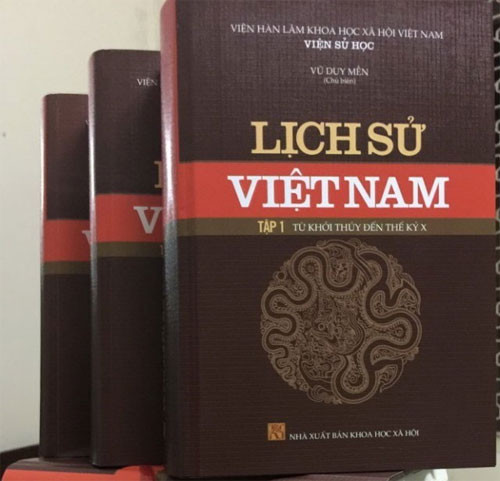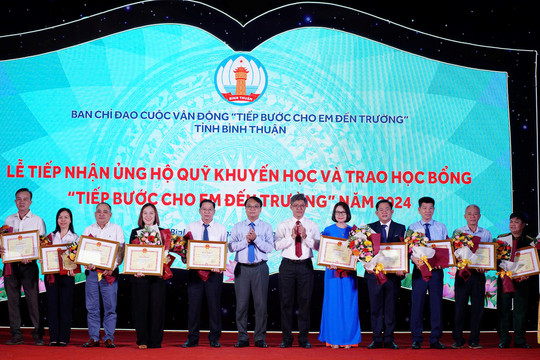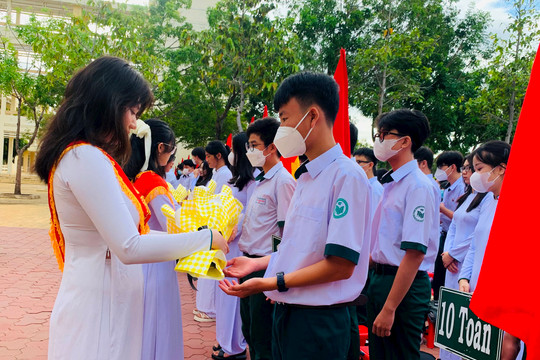 |
Titled Lich Su Viet Nam, the 15-episode collection was printed for the first
time by the Vietnam Academy of Social Sciences in 2015 with a limited number of
500 copies. The book was awarded Best Book in 2015 by the IRED Institute of
Education and Phan Chau Trinh Foundation.
“This very first reprint will help the 10,000-page collection serve a wider
audience,” said Vu Duong Thuy Nga, head of the Library Department within the
Ministry of Culture, Sports and Tourism. “The collection will be sent to public
libraries all over the country this time.”
According to Dinh Quang Hai, rector of the Vietnam History Institute, the
collection covering Vietnamese history from early times to the year 2000 was a
ministry-level research project hosted by the institute.
“The collection builds on basic knowledge in previous studies on the matter,
besides focusing on including the most recent research by experts from history,
archaeology, ethnology, religion and culture,” he said.
Tran Duc Cuong, Chairman of the Vietnam Association of History Science, stressed
that the collection includes more details on two border wars between 1975 and
1988.
“The southwest border war is very clear. After we gained the reunification in
1975, the Pol Pot attacked Vietnam,” he said. “We had mobilised the army troops
to protect our border. Besides helping Cambodian patriots, our volunteer
soldiers marched to Cambodia to fight against the Pol Pot to free the Cambodian
people.”
He continued to talk about the border war against Chinese in 1979.
“In this collection, we mentioned the exact number of soldiers, tanks and
cannons that the Chinese used during the war between 1979 and 1988,” he said.
“I believe the figures and materials on the wars updated in the collection are
highly objective and trustworthy,” commented researcher Hai.
According to Cuong, the collection has some fresh ideas in comparison with
previous studies.
First of all, the collection confirmed that the Vietnamese State was established
early in the nation’s history, but was based on three different ancient
kingdoms.
“These included Dong Son civilisation with Au Lac Kingdom [257-207BC], Sa Huynh
civilisation with Cham Pa Kingdom [192-1832] and Oc Eo civilisation with Phu Nam Kingdom [68-550],”
he said.
“Before, scholars had just discussed the history of Au Lac Kingdom as the
history of the whole Vietnam,” he said.
This study also differs from predecessors by reexamining the royal reigns in
Vietnam throughout the history, this time more objectively.
For example, researchers came into conclusion that Mac reign (1527-1677) was
among reigns with good contributions to the country’s history.
The reign helped solve socio-economic problems handed down by the Le dynasty
(1428-1527).
The Nguyen reign (1802-1945) was also re-judged with both achievements and
mistakes.
“The Nguyen kings had great contributions to unifying the country, confirming
the national sovereignty,” he said, “But they did not apply reform, which
resulted in the regression of the country’s society and economy, and enabled
colonists to conquer the country more easily.”
Cuong said the collection in general offers a more objective view on history
than previous works.
Source: VNA




















.jpg)





.jpeg)

.jpeg)


.jpeg)


